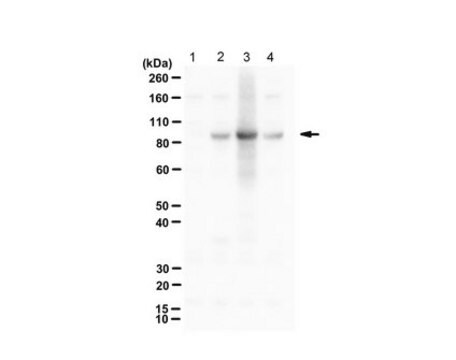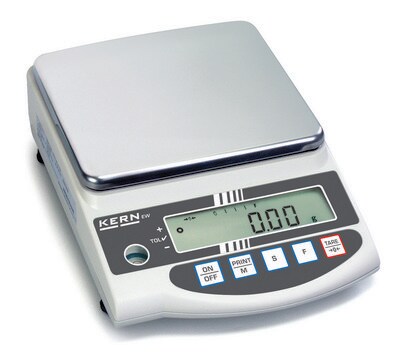MABC1092
Anti-ASPP2 (TP53BP2) Antibody, clone DX54.10
clone DX54.10, from mouse
Synonyme(s) :
Apoptosis-stimulating of p53 protein 2, Bcl2-binding protein, Bbp, Renal carcinoma antigen NY-REN-51, Tumor suppressor p53-binding protein 2, 53BP2, p53-binding protein 2, p53BP2
About This Item
Produits recommandés
Source biologique
mouse
Niveau de qualité
Forme d'anticorps
purified antibody
Type de produit anticorps
primary antibodies
Clone
DX54.10, monoclonal
Espèces réactives
human
Conditionnement
antibody small pack of 25 μL
Technique(s)
immunocytochemistry: suitable
immunohistochemistry: suitable (paraffin)
immunoprecipitation (IP): suitable
western blot: suitable
Isotype
IgG1κ
Numéro d'accès UniProt
Conditions d'expédition
ambient
Modification post-traductionnelle de la cible
unmodified
Informations sur le gène
human ... TP53BP2(7159)
Catégories apparentées
Description générale
Spécificité
Immunogène
Application
Immunohistochemistry Analysis: A representative lot detected ASPP2 (TP53BP2) in Immunohistochemistry applications (Wang, Y., et. al. (2014). Nat Cell Biol. 16(11):1092-104).
Immunocytochemistry Analysis: A representative lot detected ASPP2 (TP53BP2) in Immunocytohemistry applications (Wang, Y., et. al. (2013). Cell Death Differ. 20(4):525-34; Wang, Y., et. al. (2014). Nat Cell Biol. 16(11):1092-104).
Western Blotting Analysis: A representative lot detected ASPP2 (TP53BP2) in Western Blotting applications (Wang, Y., et. al. (2013). Cell Death Differ. 20(4):525-34; Samuels-Lev, Y., et. al. (2001). Mol Cell. 8(4):781-94).
Apoptosis & Cancer
Qualité
Western Blotting Analysis: A 1:125 dilution of this antibody detected ASPP2 in lysates of U2OS cells transfected with siRNA to knock down iASPP and in RISC-free U2OS cells.
Description de la cible
Forme physique
Stockage et stabilité
Autres remarques
Clause de non-responsabilité
Vous ne trouvez pas le bon produit ?
Essayez notre Outil de sélection de produits.
Code de la classe de stockage
12 - Non Combustible Liquids
Classe de danger pour l'eau (WGK)
WGK 1
Certificats d'analyse (COA)
Recherchez un Certificats d'analyse (COA) en saisissant le numéro de lot du produit. Les numéros de lot figurent sur l'étiquette du produit après les mots "Lot" ou "Batch".
Déjà en possession de ce produit ?
Retrouvez la documentation relative aux produits que vous avez récemment achetés dans la Bibliothèque de documents.
Notre équipe de scientifiques dispose d'une expérience dans tous les secteurs de la recherche, notamment en sciences de la vie, science des matériaux, synthèse chimique, chromatographie, analyse et dans de nombreux autres domaines..
Contacter notre Service technique







